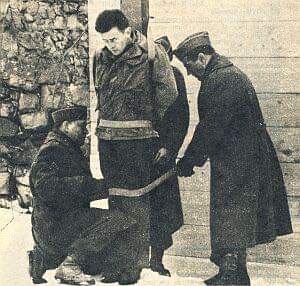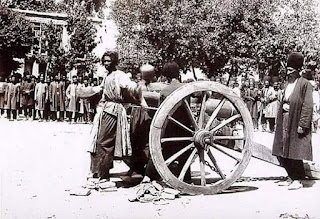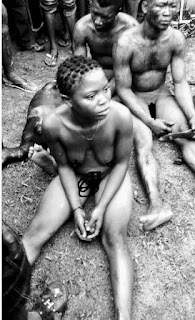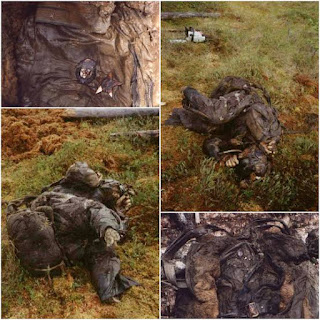Edward Donald Slovik Execution 1920–world history and facts
Edward Donald Slovik Execution 1920–world history and facts
Edward Donald Slovik (February 18, 1920 – January 31, 1945) was a United States Army soldier during World War II and the only American soldier to be court-martialled and executed for desertion since the American Civil War.
Although over 21,000 American soldiers were given varying sentences for desertion during World War II, including 49 death sentences, Slovik's death sentence was the only one that was carried out.
During World War II, 1.7 million courts-martial were held, representing one third of all criminal cases tried in the United States during the same period. Most of the cases were minor, as were the sentences.
Nevertheless, a clemency board, appointed by the Secretary of War in the summer of 1945, reviewed all general courts-martial where the accused was still in confinement, and remitted or reduced the sentence in 85 percent of the 27,000 serious cases reviewed.
The death penalty was rarely imposed, and usually only for cases involving rape or murder. Slovik was the only soldier executed who had been convicted of a "purely military" offense.
Execution
The execution by firing squad was carried out at 10:04 a.m. on January 31, 1945, near the village of Sainte-Marie-aux-Mines. The defiant Slovik said to the soldiers whose duty it was to prepare him for the firing squad before they led him to the place of execution:
They're not shooting me for deserting the United States Army, thousands of guys have done that. They just need to make an example out of somebody and I'm it because I'm an ex-con.
I used to steal things when I was a kid, and that's what they are shooting me for. They're shooting me for the bread and chewing gum I stole when I was 12 years old.
As required by military custom, Slovik's uniform was stripped of all identifying military insignia, buttons, and any other accoutrements.
He was wrapped with a GI blanket over his shoulders to protect him against the cold, and led into the courtyard of a house chosen for the execution because of its high masonry wall, which would deflect errant bullets and discourage the local French civilians from witnessing the proceedings. Soldiers stood him against a six inch by six inch (15 × 15 cm) post.
He was then strapped to the post with web belts, with one wrapped around and under his arms and hung on a spike on the back side of the post to prevent his body from slumping following the volley, and the others securing his waist and knees.
Just before a soldier placed a black hood over his head, the attending chaplain, Father Carl Patrick Cummings, said to Slovik, "Eddie, when you get up there, say a little prayer for me." Slovik replied with his last words: "Okay, Father. I'll pray that you don't follow me too soon."
Twelve hand-picked soldiers from the 109th Regiment were detailed for the firing squad. The weapons used were standard-issue M1 Garand rifles, eleven of them loaded with just one round and one rifle loaded with a blank round.
On the command of "Fire", Slovik was hit by eleven bullets, at least four of them being fatal. The wounds ranged from high in the neck region out to the left shoulder, over the left chest, and under the heart.
One bullet was in the left upper arm. An Army physician quickly determined Slovik had not been immediately killed. As the firing squad's rifles were being reloaded to fire another volley, Slovik died. He was 24 years old. The entire execution took 15 minutes.
References:
Simmons, Zena (August 25, 1999). "The Execution of Pvt. Eddie Slovik". The Detroit News. Archived from the original on May 25, 2012. Retrieved April 18, 2011.
The Execution of Private Slovik. The Army Lawyer: A History of the Judge Advocate General's Corps, 1775–1975 (Reprint of the US Army Edition).
Honolulu: University Press of the Pacific. 1993. ISBN 978-0899418452. Archived from the original on July 25, 2011. Retrieved April 20, 2011.
ExecutedToday.com (January 31, 2009). "1945: Private Eddie Slovik, the last American shot for desertion". executedtoday.com. Retrieved October 6, 2012.



.jpg)

.jpeg)






Comments
Post a Comment